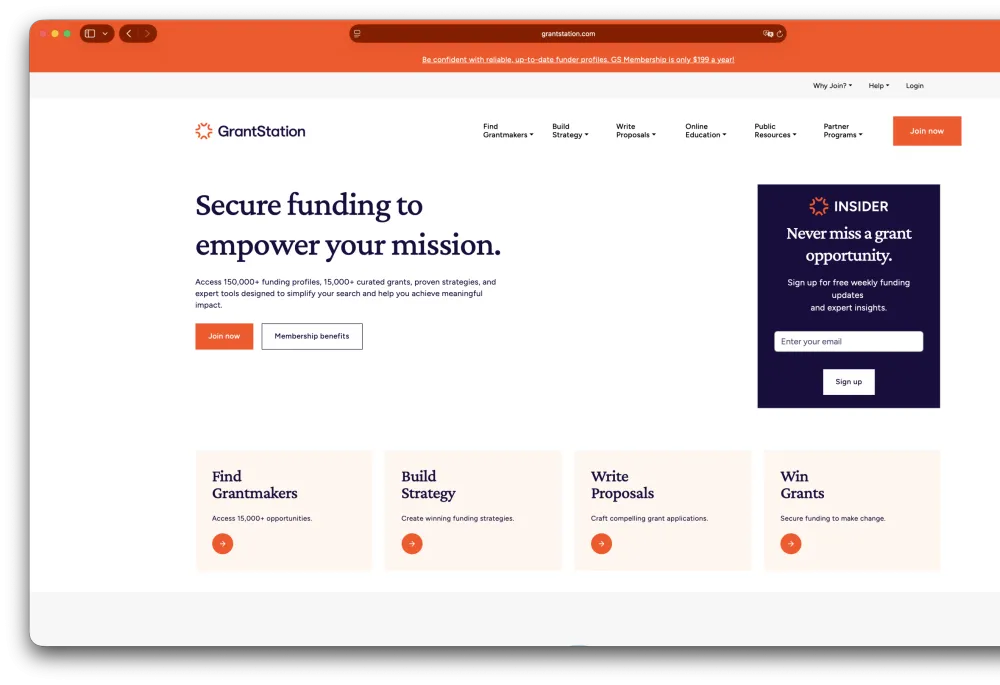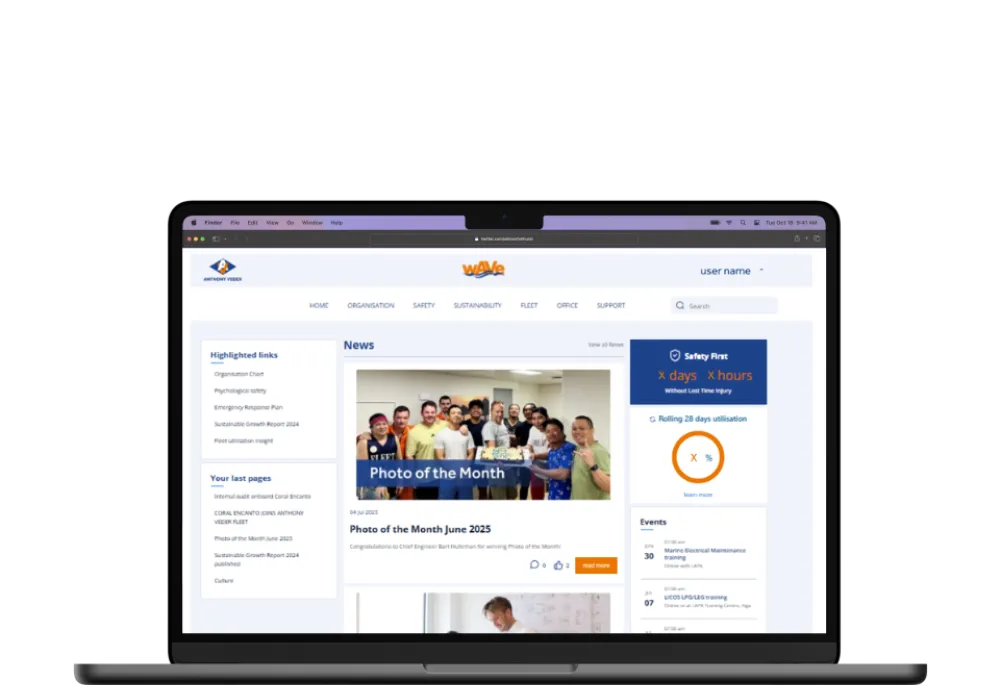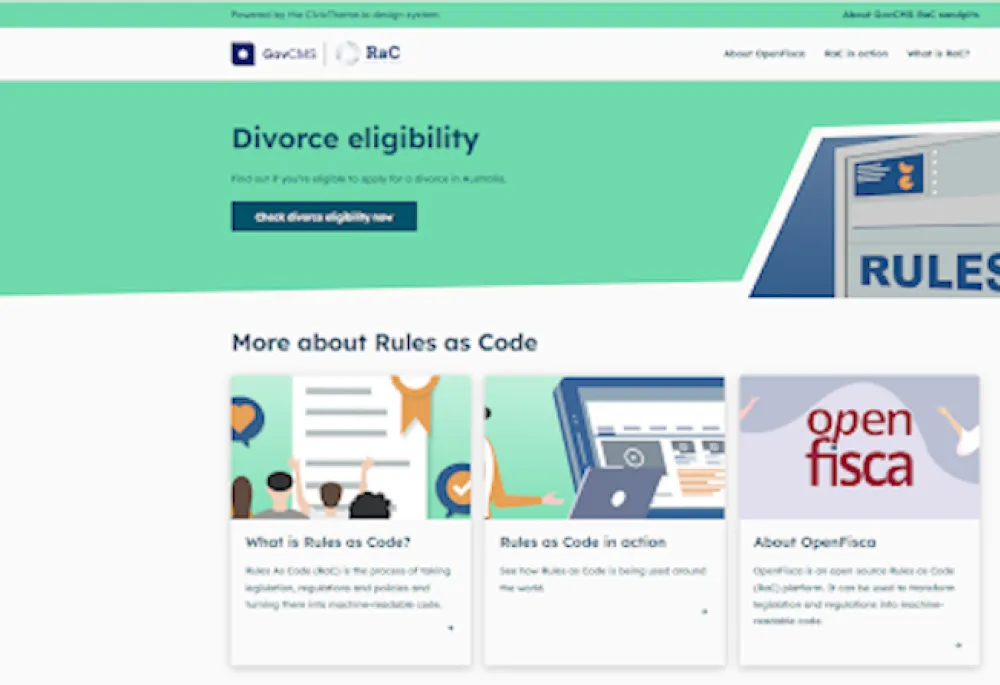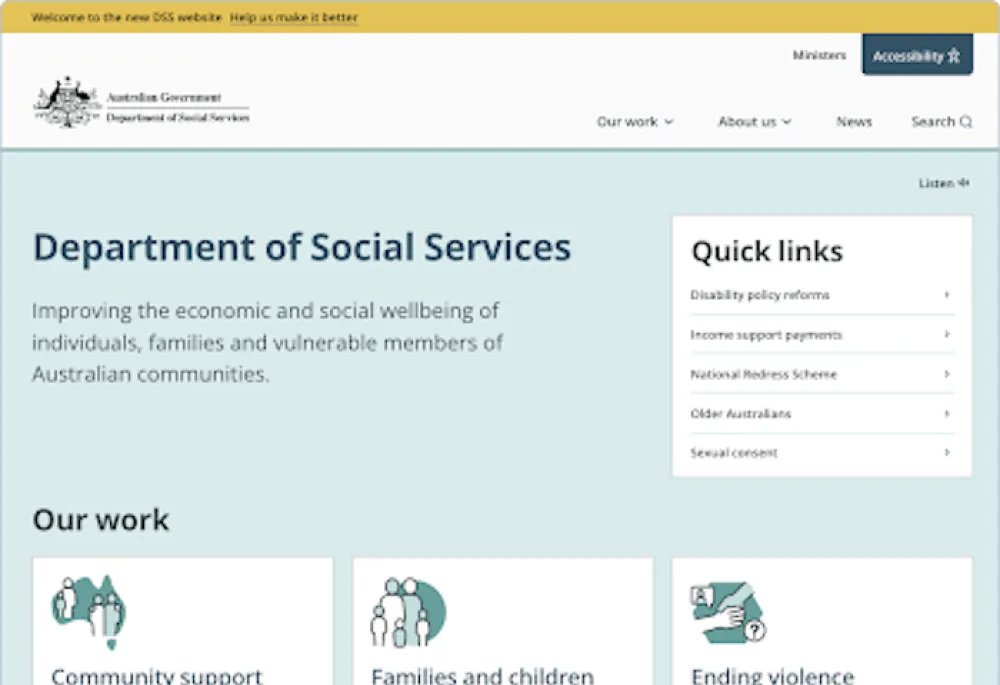Sector(s)
Overview
Banyan Living provides residences designed for professionals, families, and couples who value comfort, privacy, and leisure. As part of Banyan Group, a multiple award recipient and one of the Top 25 Hotel Brands in the World by Travel + Leisure, Banyan Living’s properties reflect understated luxury rooted in local character.
While the physical experience was intentional and immersive, the digital platform lacked coherence. It did not reflect the brand voice or provide the booking experience guests expected. QED42 redesigned and built the Banyan Living platform to be intuitive, consistent, and aligned with hospitality standards.
Challenges
Banyan Living had no digital framework for branded residence rentals. In its early phase, Guesty supported basic listings and transactions but lacked depth, flexibility, and brand expression.
Navigation was unclear, booking flows were fragmented, and property content reduced distinctive homes to generic listings. Layouts varied across pages, and checkout introduced friction. Guest and agent needs were treated the same, disrupting both experiences.
Operational workflows for marketing, leasing, and property management did not exist. These processes had to be defined and embedded into the platform from scratch.
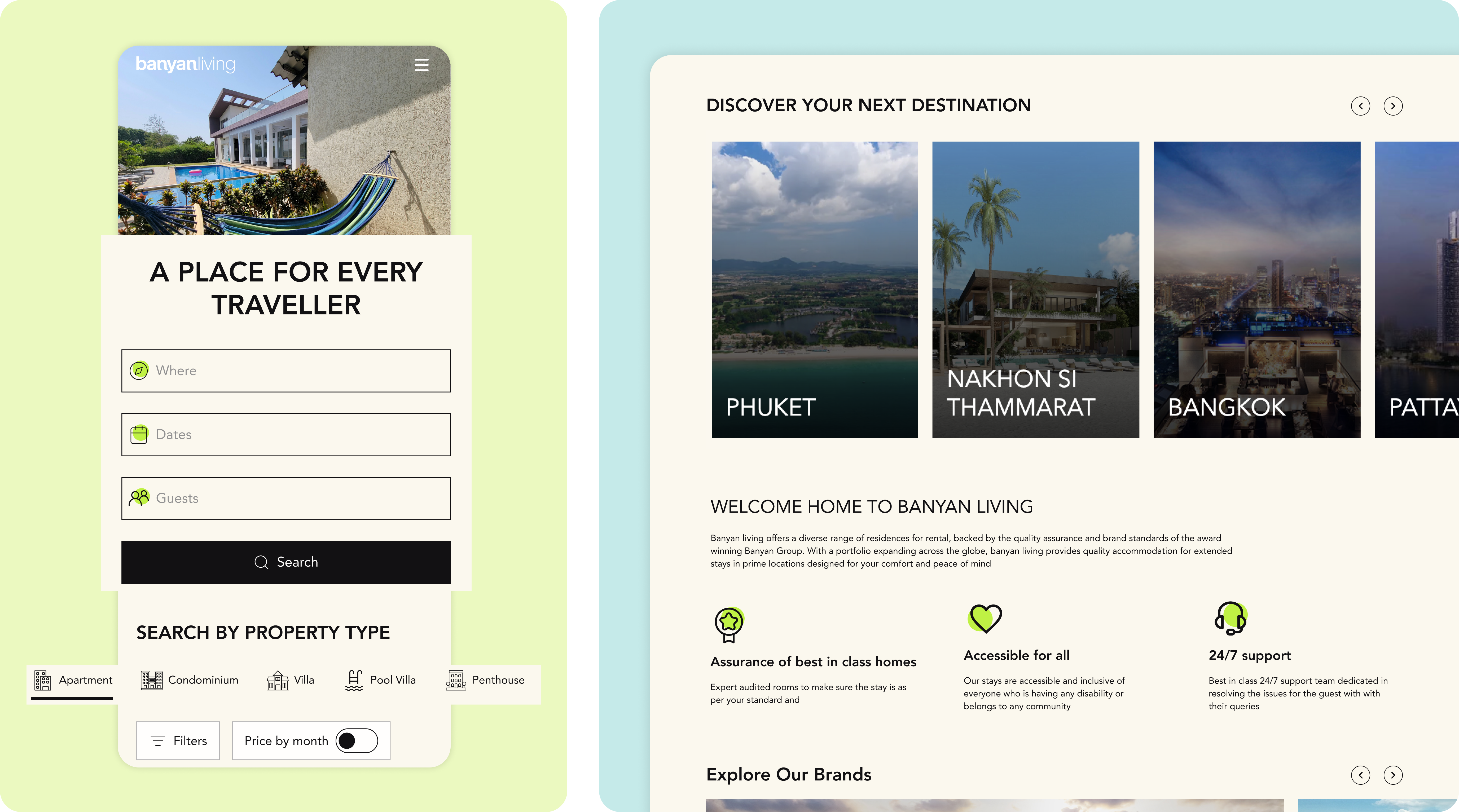
Approach
The platform was designed as a functional layer of the hospitality experience. The focus was on reducing friction, building familiarity, and guiding attention through the guest journey.
The design followed a clear sequence: search, see, compare, decide. Content was surfaced progressively, reducing noise while supporting deeper exploration. Interaction patterns were adjusted to match mobile-first behaviour.
A decoupled build with Drupal and Next.js allowed design to grow independently of content workflows, ensuring consistency and control.
Back to topSolutions
Content strategy
Key details such as location, pricing, and stay type were presented early. Supporting details appeared progressively, making comparison easier and leaving room for future multilingual or location-specific extensions.
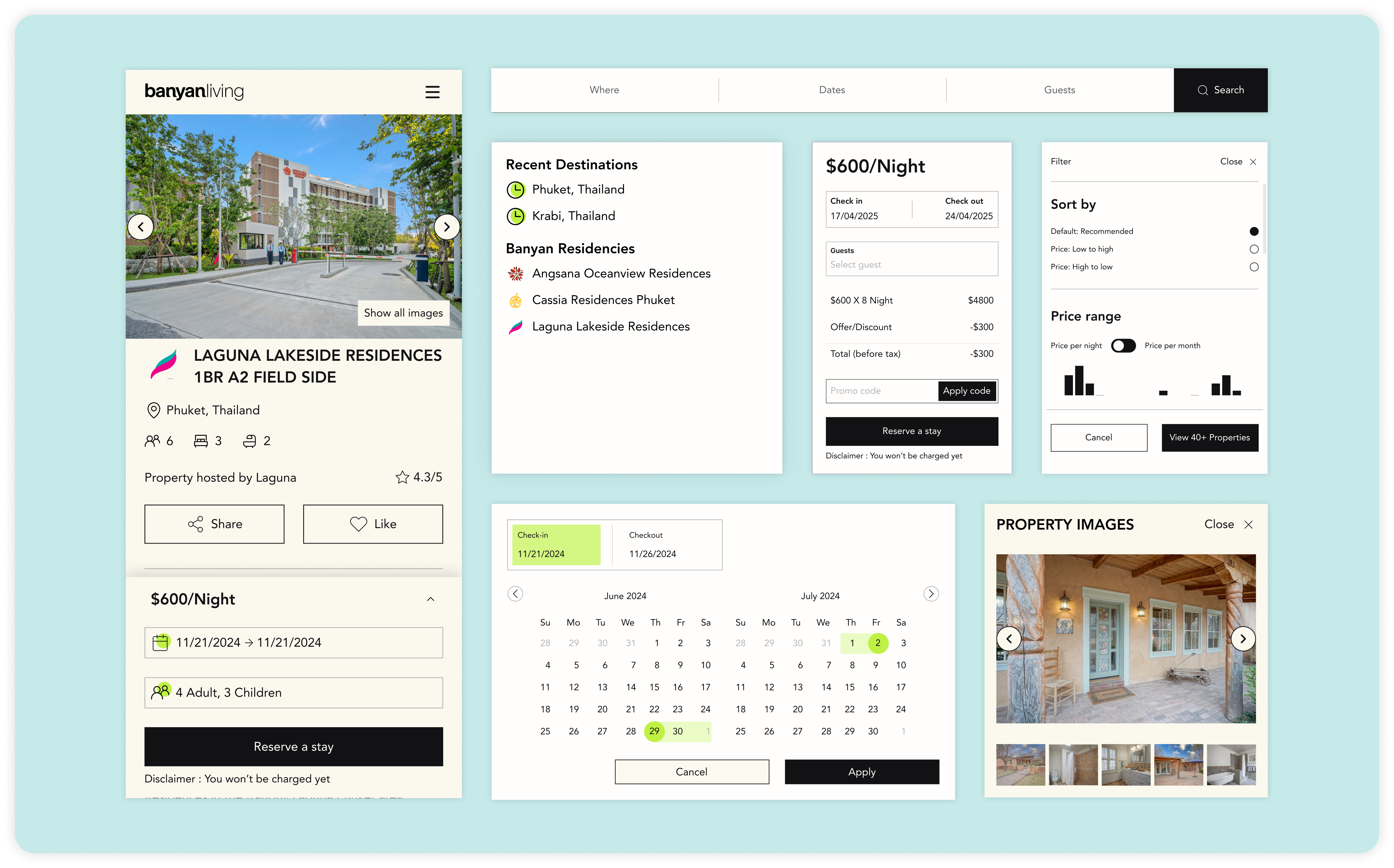
Design solutions
Guest flows supported open browsing with no forced login, clear pricing breakdowns, and optional monthly pricing. Agents were given direct tools to share and confirm listings. The homepage featured hubs by location and property category. Property detail pages included area overviews, amenities, cancellation policies, and booking sections. A map view supported location-based decisions.
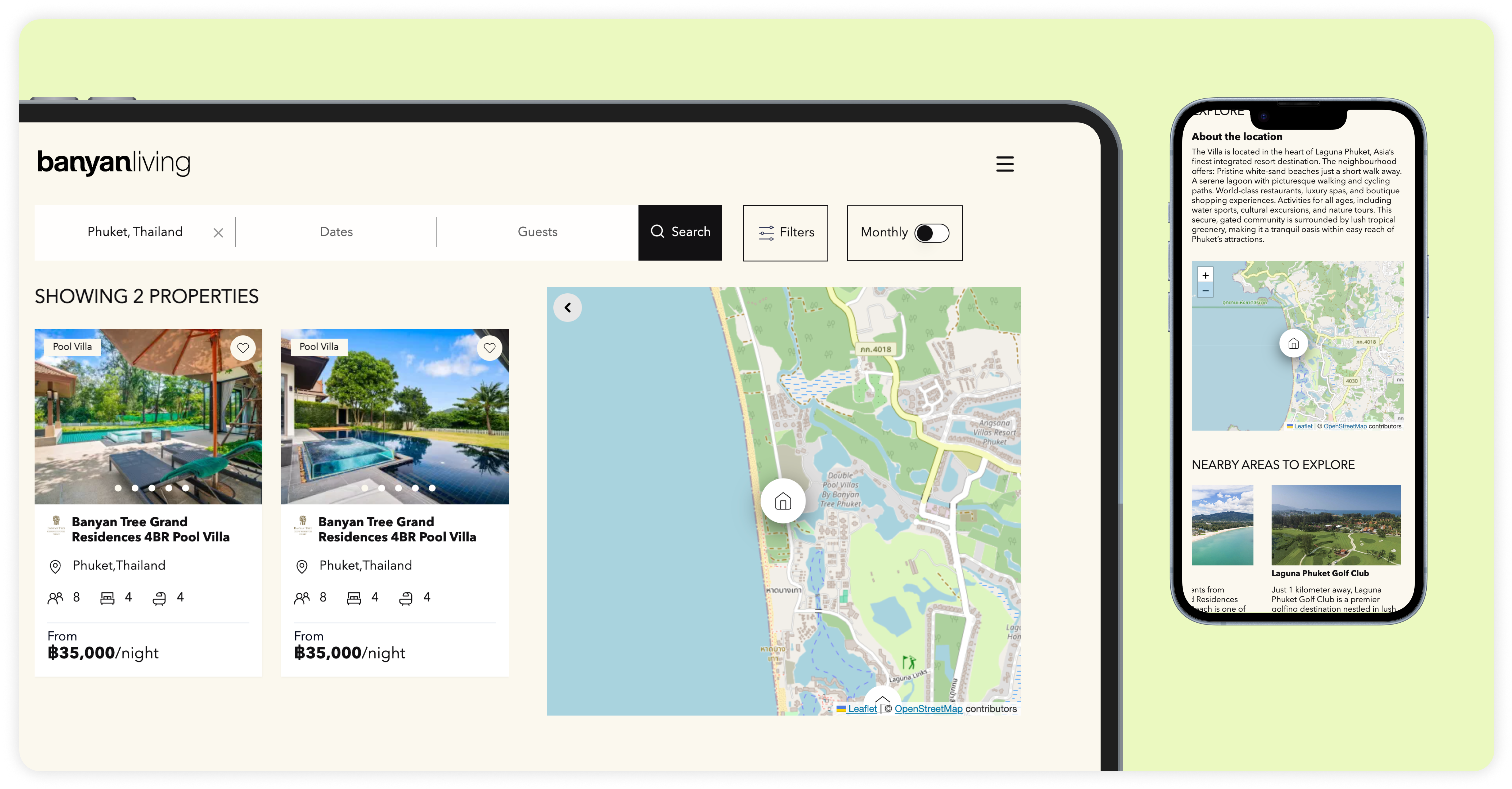
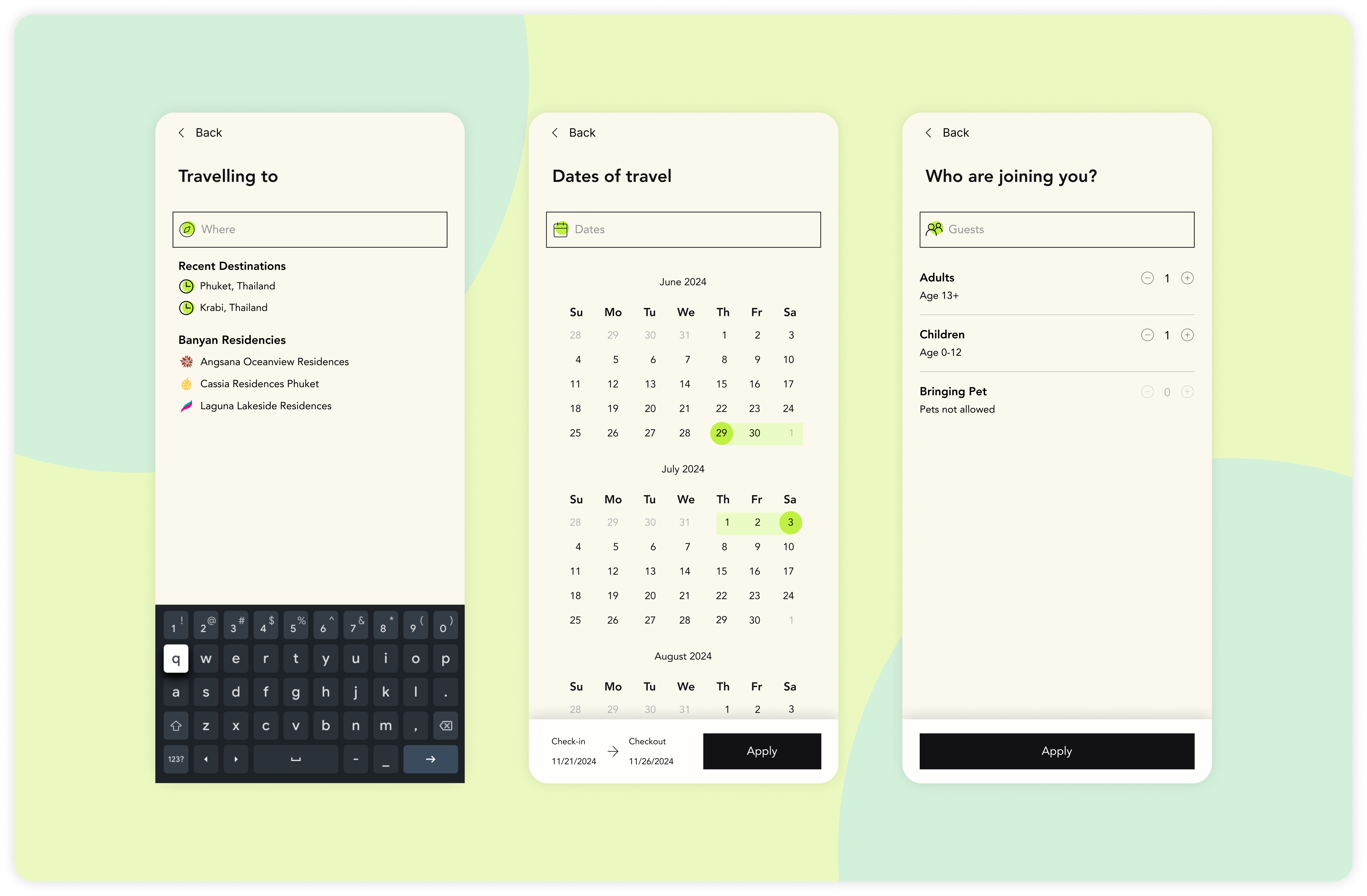
Consistent interface
A shared design system, styled with Tailwind CSS and built on atomic design principles, created predictability and simplified future extensions.
Flexibility and control
A headless build with Drupal 10 and Next.js allowed layout and behaviour changes without disrupting content workflows. Generative AI accelerated the conversion of design layouts into frontend code, reducing engineering effort by 30%.

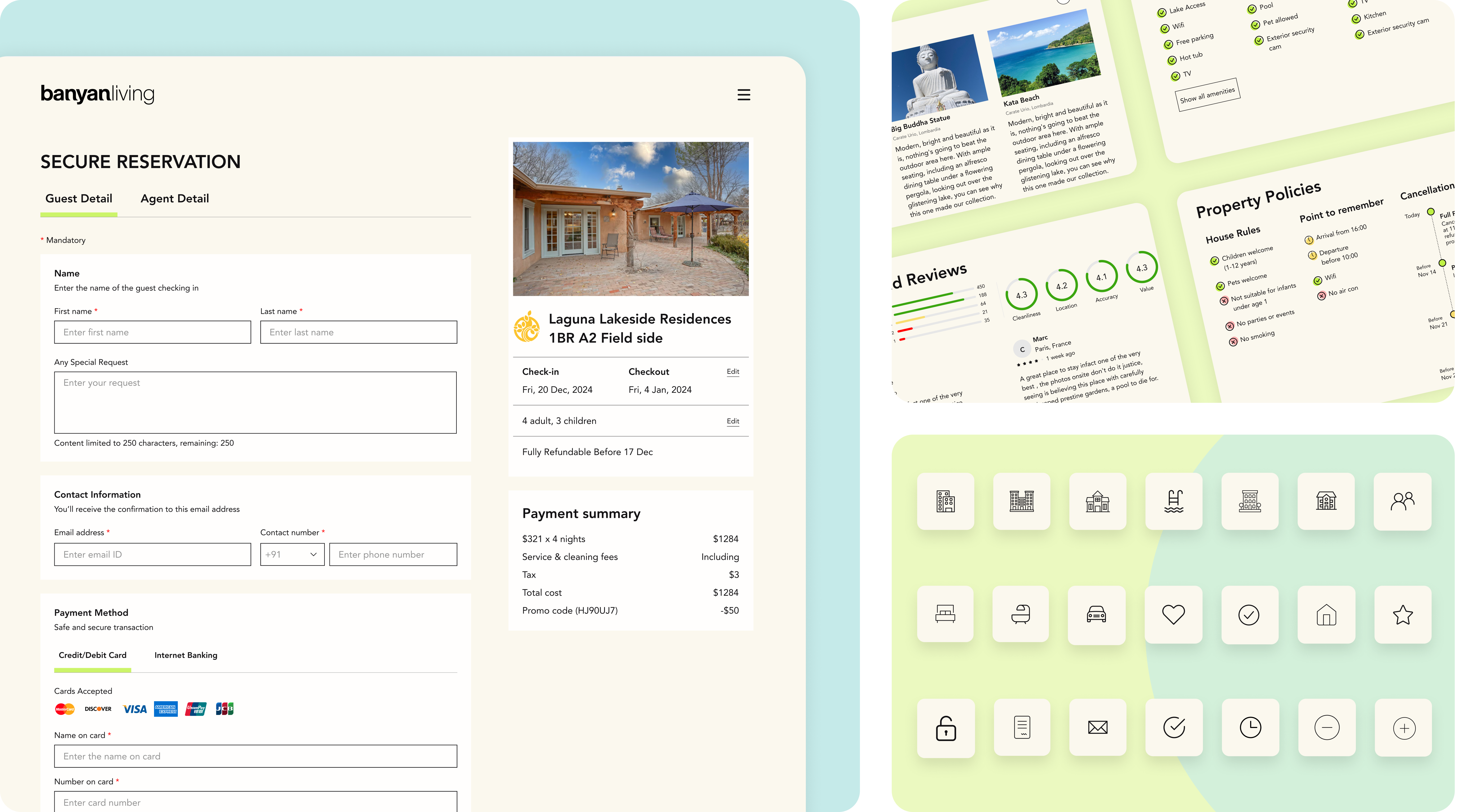
Infrastructure and delivery
The platform runs on AWS using EKS, S3, and CloudFront, with deployment pipelines managed by GitHub Actions. Non-technical teams can publish updates directly from the CMS, keeping the system stable and reducing operational overhead.
Outcome
The platform now supports how guests make hospitality decisions. Actions are clearly labelled, booking is direct, and exploration is simple. Information is grouped by relevance, with a hierarchy that reflects what matters most to guests.
On the backend, editorial teams manage content confidently without developer support. Structured workflows reduce rework, accelerate turnaround, and ensure design consistency.
The platform delivers on performance and brand alignment. It reflects the clarity and care of Banyan Group’s hospitality experience, using technology to remove effort and create a foundation for future growth.
Back to topDecoupled architecture
Drupal 10 managed content and workflows, while Next.js with Tailwind powered the frontend. This separation kept the CMS stable and allowed the booking interface to deliver clear guest journeys, progressive disclosure of information, and property comparison.
Complex content modeling
The platform required structured data for properties, pricing, cancellation policies, and destinations, with multilingual support planned. Guesty only supported basic listings, while Drupal’s content types and taxonomies could model this detail.
Scalability and workflow integration
Drupal supported the addition of marketing, leasing, and property management processes that Guesty lacked. Its content model also allowed for planned needs such as monthly pricing and location-specific configurations.
Performance and infrastructure fit
The platform was deployed on Banyan Group’s AWS environment using Kubernetes (EKS), S3, CloudFront, and GitHub Actions. Builds were triggered from the CMS, which kept the system stable and allowed content teams to publish without using AWS directly.
Back to top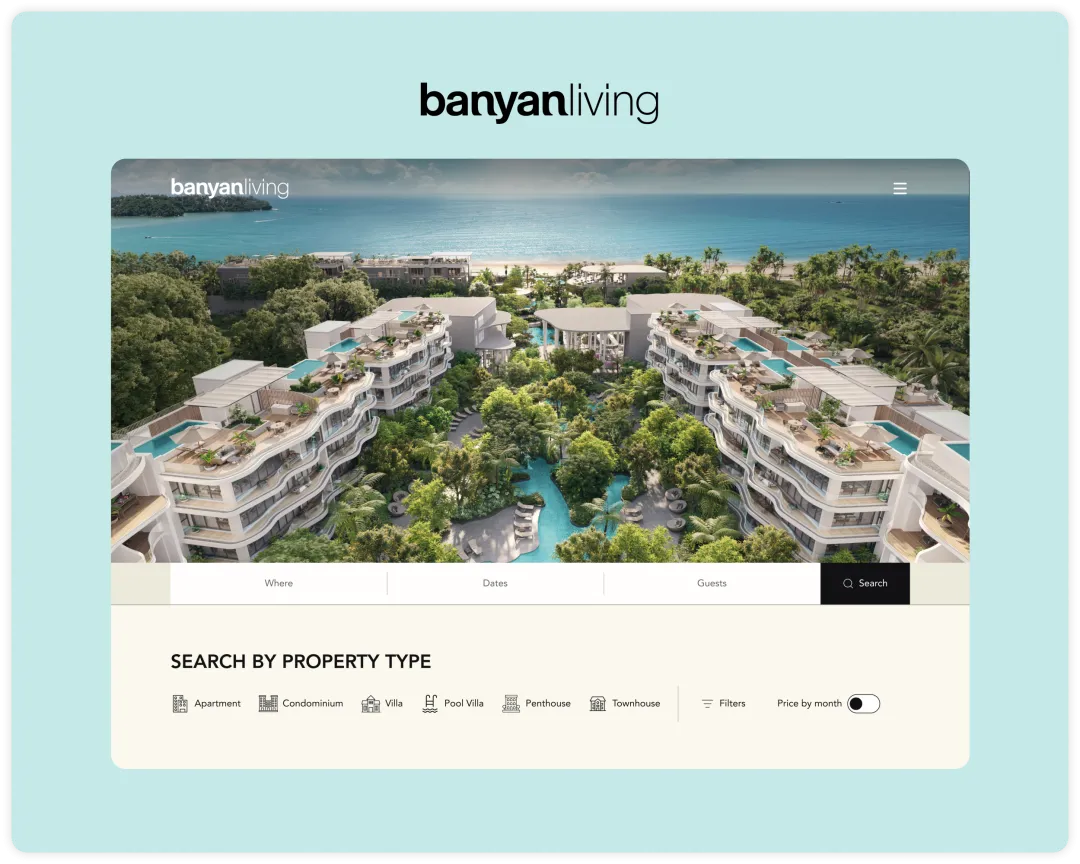
Technical Specifications
Drupal version:

